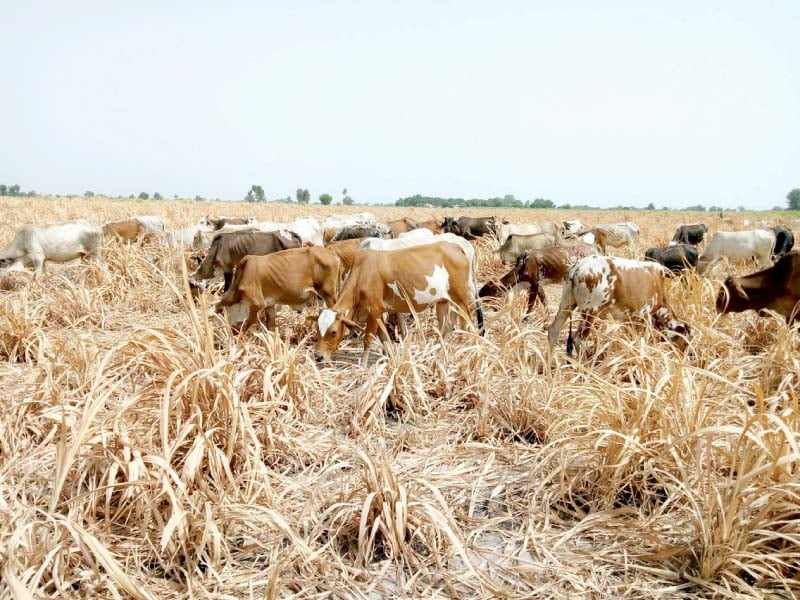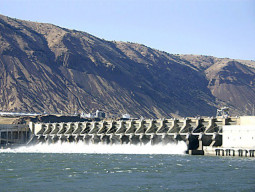
RAHIM YAR KHAN: Rahim Yar Khan is the in grip of a severe water crisis and the situation is worsening with each passing day. The shortage of water has not only affected local residents, but also destroyed crops in various regions.
A survey by Express News revealed that the approved water supply of 15,000 cusecs to Head Banjand and the Shashmahi streams annually has been decreased to 5,500 cusecs. As a result, 48 small and large streams have been closed, thus affecting different crops including cotton.
Earlier, the irrigation department hinted at stopping the water supply to the streams in the month of October owing to the water shortage of 10,000 cusecs. In view of the current situation, the farmers have initiated a ‘Save Farmers Movement’ across the district.
Rahim Yar Khan has been facing a shortage of water for the past eight months. As the streams did not receive enough water, the cultivation of cotton, sugarcane and rice on 300,000 to 400,000 acres of land could not take place during the current Kharif season.
Of the remaining 1, 100,000 acre, cotton has been cultivated on 475,000 acres, sugarcane on 600,000 acres and rice on 80,000 acres. All the crops have now entered the production phase. However, due to the severe water crisis, they are facing the threat drying out.
The approved water from the Banjand Main Canal to the Abbasia Link Canal and Shashmahi streams is 15,000 cusecs, but there is a continuous shortage of 10,000 cusecs. Water scarcity has already destroyed cotton, sugarcane, rice and fodder crops that have been cultivated on hundreds of acre of land. To make matters worse, 70% of agriculture land is affected by saline underground water that has also played a key role in damaging the crops.
In this regard, the farming community held a meeting to devise a strategy to deal with the situation. The meeting approved a unanimous resolution, calling for providing the district with the stream water in the next two to three months and putting an end to water theft from Chinni Goth to Head Qasim. The water theft is estimated to be 1,500 cusecs.
The farmers said that stream water is not being provided to the vast Cholistan area that is linked with Chinni Goth from Head Qasim’s Abbasia Link Canal. They maintained that for the past 10 years, water is being extracted from large streams, resulting in a water shortage for Rahim Yar Khan.
The farming community has appealed to the chief justice of Pakistan, prime minister and the army chief that water be provided immediately to the district so that crops in the region can be saved from destruction.
When contacted, Member Provincial Assembly Haji Arshad told Express News that if the shortage of water persists, 20 tonnes of cotton and 300 tonnes of sugarcane will be reduced per acre. “The rice crops and crops that serve as the fodder for animals will be completely destroyed,” he mentioned.
He said that the chief justice and prime minister should also take steps to address the shortage of water in the streams on an emergency basis.
Meanwhile, Irrigation official Ghulam Mustafa Baloch said that due to shortage of water in dams and rivers, the region’s share is not being received. However, he claimed the department is providing water to the region as per the Warabandi schedule (rotational method for equitable distribution of water).
Published in The Express Tribune, September 27th, 2018.






















































COMMENTS
Comments are moderated and generally will be posted if they are on-topic and not abusive.
For more information, please see our Comments FAQ